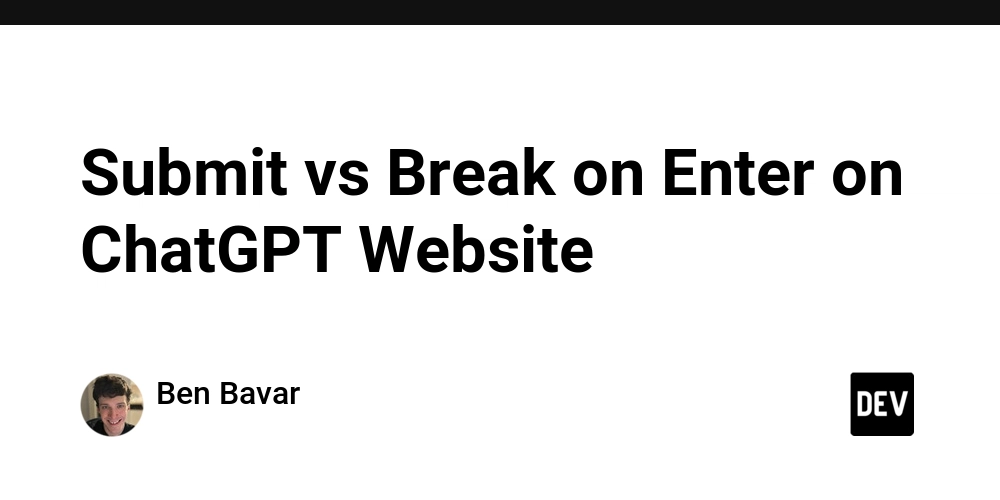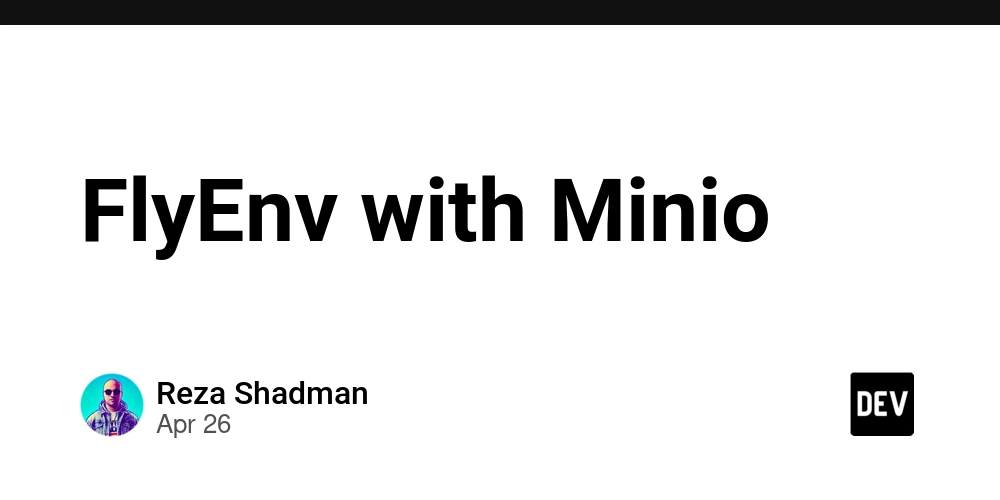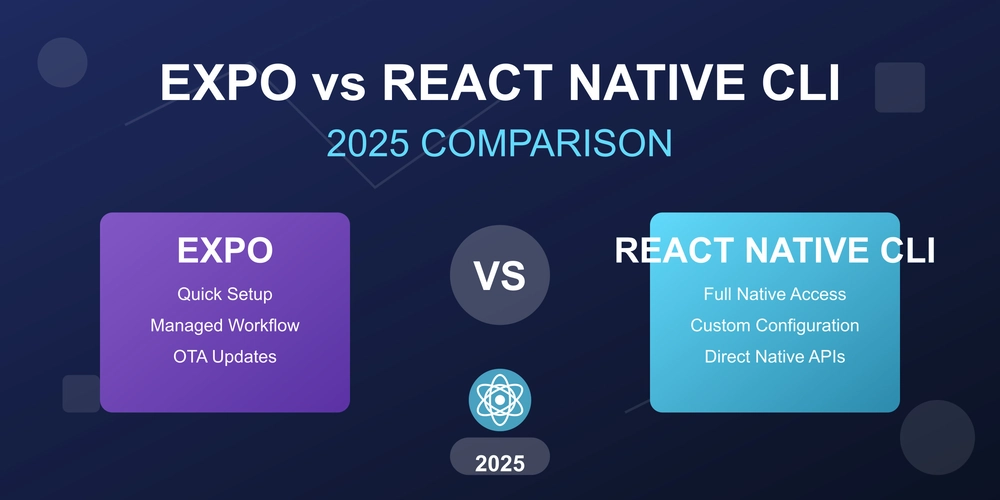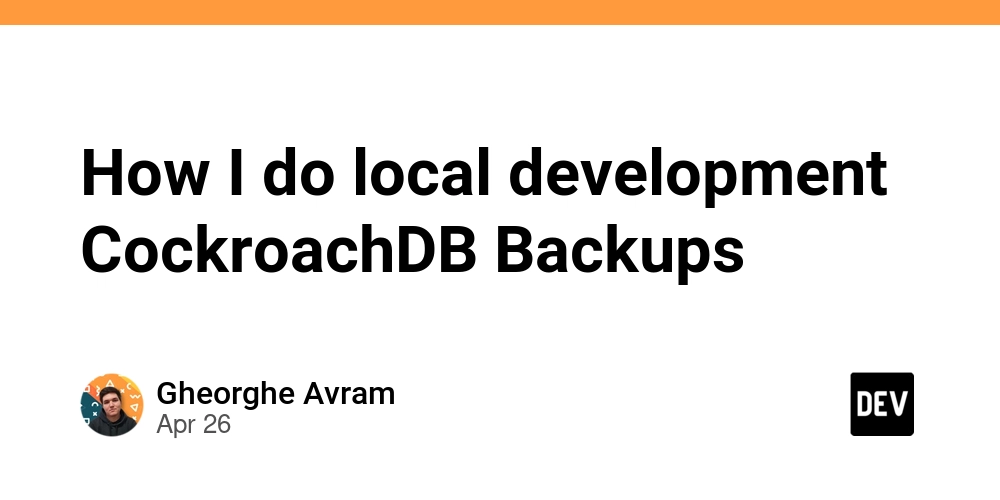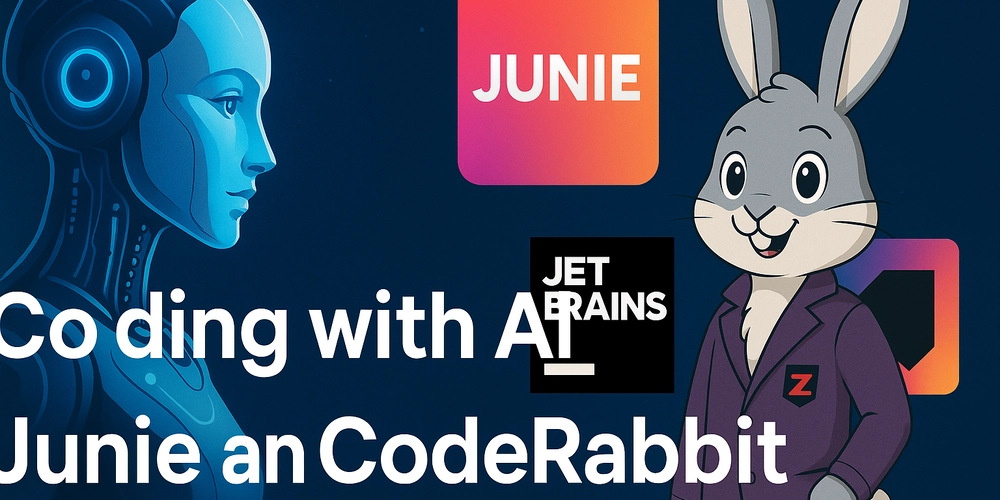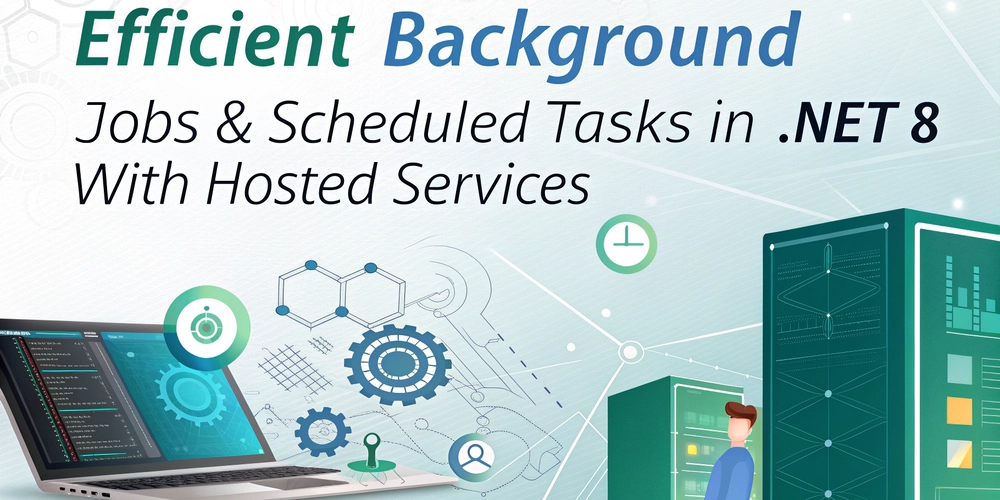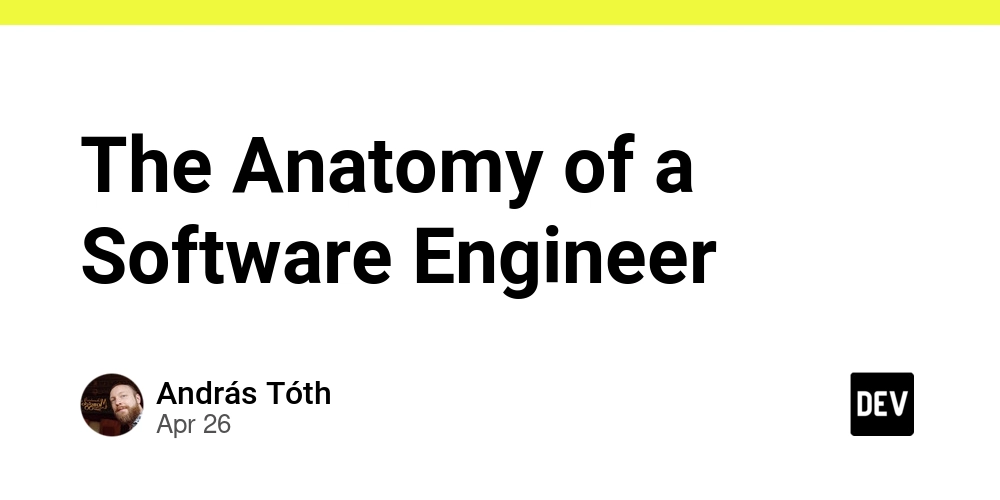
Stop AI Deepfakes: Verify LLMs in Decentralized Networks
Wondering if that AI is really running the model it claims to be? Decentralized AI networks are booming, but how do we ensure integrity? Learn how statistical analysis can spot "fake" AI in decentralized networks and maintain trust in the open AI ecosystem.
The Decentralized AI Dilemma: Trust But Verify LLMs
Decentralized AI networks, like Gaia, allow individuals to run custom Large Language Models (LLMs) and offer AI services. This is a game-changer. It boosts privacy, cuts costs, accelerates response times, and improves availability. Tailoring AI with specific data and expertise becomes possible.
But here's the catch: How do you know a node is running the right model? In permissionless networks, nodes could claim one LLM while actually using another. With potentially thousands of nodes active, a rock-solid verification method is crucial to detect and penalize dishonest actors.
Cryptographic solutions are often impractical, making statistical analysis combined with economic incentives a promising path to ensuring network honesty.
Why Current LLM Verification Methods Fall Flat
Traditional methods for ensuring LLM integrity, like cryptography, have serious drawbacks:
- Zero-Knowledge Proofs (ZKPs): Require custom circuits for each LLM, huge memory (25GB for a tiny model!), and are incredibly slow (100x slower than inference itself!). Open-source LLMs are also vulnerable to proof forgery.
- Trusted Execution Environments (TEEs): Slash CPU performance by up to 2x, are rarely supported on GPUs, can't verify the model actually being used, and need complex infrastructure for distributing private keys.
Cryptoeconomic mechanisms offer a better alternative. By assuming most participants are honest, networks can use social consensus to identify bad actors. Staking and slashing incentivize good behavior and penalize cheating, creating a trustworthy environment.
Spotting Fake AI: Statistical Analysis of LLM Outputs
The secret lies in analyzing question responses. The core idea is that honest nodes running the same LLM should produce answers that cluster closely together in a high-dimensional space. Outliers likely indicate a different model or knowledge base.
Here's the math:
- Send questions to various nodes
- Repeat questions multiple times to form answer distributions
- Convert each answer into a vector (embedding) that represents its semantic meaning
- Calculate the average points and distances between answer clusters
- Measure the consistency of a node's answers using standard deviation
This framework allows for quantitative comparison between nodes, revealing statistical patterns that can distinguish between different models and knowledge bases, ensuring that nodes using different LLMs are identified.
Experiment 1: Can You Tell One LLM From Another?
The researchers tested three open-source LLMs on factual questions:
- Llama 3.1 8b (Meta AI)
- Gemma 2 9b (Google)
- Gemma 2 27b (Google)
Each model answered 20 questions 25 times. The results were clear: Different LLMs have distinct response patterns.
- Gemma-2-27b showed the highest internal consistency.
- The distance between model answers was 32-65x larger than the variation within a single model.
Different LLMs can be reliably identified through statistical analysis.
Experiment 2: Do Knowledge Bases Leave a Fingerprint?
Two nodes ran the same LLM (Gemma-2-9b), but with different knowledge bases: Paris vs. London.
Again, clear differences emerged. Even with the same LLM, different knowledge bases create distinguishable response patterns. The distances between knowledge base responses were 5-26x larger than the internal variations.
Nodes with different knowledge bases produce reliably distinguishable outputs.
Key Factors Affecting Model Identification
Several factors can impact the accuracy of statistical verification. By bearing them in mind, you can improve systems for verifying LLMs.
- Family Resemblance: Models from the same family are more similar.
- Knowledge Base Similarities: Similar topics can lead to more similar answers.
- Question Effectiveness: Some questions are better at differentiating models/knowledge bases.
For instance, questions about "Romeo and Juliet" and the atomic number of oxygen generated results that were more far apart than other questions on a similar topic. It is more effective to ask questions that are specific and verifiable with simple, factual answers.
Active Verification System (AVS) for Decentralized Networks
The research suggests an AVS for networks like Gaia:
- Validators: Polling nodes and detecting outliers.
- Verification Epochs: Regular polling with random questions.
- Outlier Detection: Identifying inconsistent responses.
- Node Flagging: Identifying outliers, slow responses, timeouts, and errors.
- Rewards & Penalties: Rewarding good behavior, penalizing bad behavior (suspension, slashing).
The Future of Trustworthy Decentralized AI
This research shows that statistical analysis of LLM outputs can reliably identify the underlying model and knowledge base. This allows decentralized AI networks to verify LLM outputs and detect potential bad actors.
By combining statistical verification with economic incentives, we can build trustworthy decentralized AI systems that deliver on the promises of local inference: privacy, cost-effectiveness, speed, and availability – all while guaranteeing users get the intended model capabilities.












